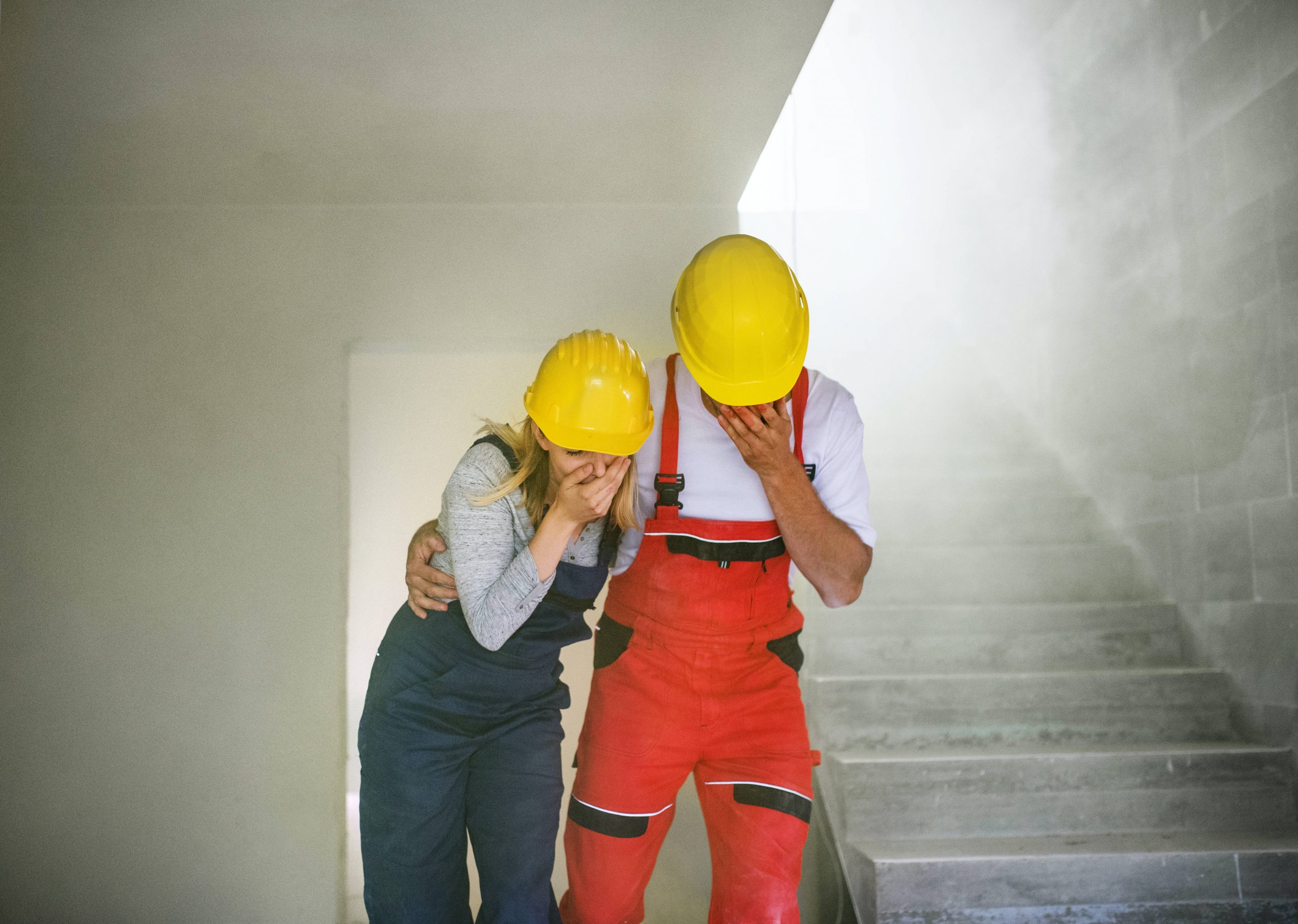Carbon monoxide is a colorless, tasteless and odorless toxic gas that is a product of combustion. Inhaling this gas can damage red blood cells, preventing them from effectively carrying oxygen to body tissues. Exposure to carbon monoxide most often occurs indoors, where there is exposure to smoke and exhaust gases. Exposure can also occur in outdoor environments during fires. Carbon monoxide is most often produced during the incomplete combustion of fuels, wood, natural gases, internal combustion engines, in industrial settings and households. Carbon monoxide binds to hemoglobin, which then becomes unable to carry oxygen to the cells. This quickly leads to the development of hypoxia. Prolonged exposure to low concentrations can be life-threatening. Common sources of carbon monoxide include vehicle exhaust, smoke from most fires, faulty boilers and kerosene heaters. Prolonged exposure to low concentrations can result in symptoms such as headache, confusion, disorientation, aggression, nausea, vomiting and incontinence. Short-term exposure to high concentrations can result in gray-blue skin (cyanosis), rapid and difficult breathing, and loss of consciousness.
FIRST AID FOR CARBON MONOXIDE POISONING:
- Call emergency medical services (911, 112).
- Remove the person from the source and get them to fresh air if they are inside.
- Encourage the person to breathe normally and monitor vital signs.
ADVANCED MEASURES:
- Give people affected by carbon monoxide poisoning 100% oxygen using a high-flow mask to speed their recovery.
- If necessary, perform advanced airway management (death usually occurs due to ischemia of the brain or heart muscle, heart attack, which is caused by hypoxia).
- People suspected of carbon monoxide poisoning should be transported to the hospital as soon as possible.



0 Comments